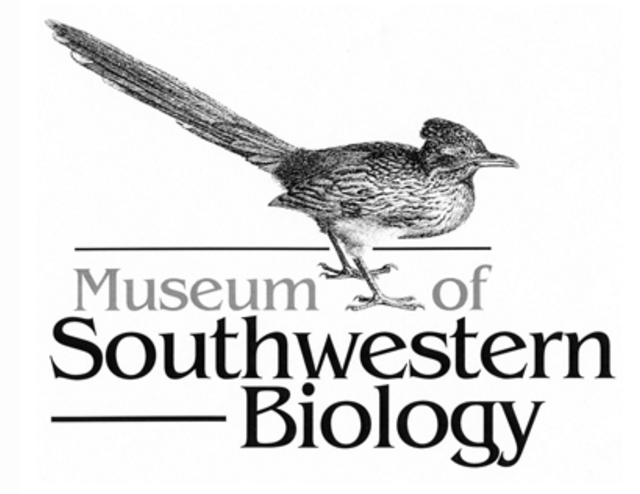Document Type
Article
Publication Date
3-31-1991
Abstract
The papers published in this volume were originally presented in a symposium entitled "The Biology of the Soricidae" at the 67th annual meeting of the American Society of Mammalogists, held in June 1987 at the University of New Mexico in Albuquerque. When we organized the symposium, we had two goals in mind. First, we wished to assemble speakers currently studying diverse aspects of soricid biology to enable us to survey the breadth of ongoing research on this relatively little-studied group of small mammals. Second, we hoped to stimulate further research on soricids by highlighting problems and raising questions that can and should be addressed in the future. The papers in this volume deal with current research on the ecology, behavior, physiology, biogeography, and systematics of shrews. Williams examines the distribution of soricids along an altitudinal transect on the western slope of California\'s Sierra Nevada, where five species of Sorex occur. He found that in each major vegetational zone, one species dominated the soricid community. This contrasted with the situation on the eastern slope of the Sierra Nevada and in other forest communities in North America, where soricid communities may consist of up to five species. Kirkland examines this phenomenon further, seeking to explain the high species richness of many soricid communities. He concludes that, although the small size of shrews may facilitate coexistence by permitting shrews to exploit resources in a more coarse-grained fashion, environmental moisture is the factor that determines resource availability and ultimately the potential richness of soricid communities. Churchfield confirms this observation with a fine-grained analysis of soricid communities consisting of species with varying foraging techniques. Her data also suggest that in more diverse communities dietary generalists may outnumber dietary specialists. McNab contrasts metabolic rates in crocidurine and soricine shrews, demonstrating that soricines are capable of far more precise body temperature regulation than crocidurines. He suggests that this is a direct reflection of the respective distributions of these largely allopatric subfamilies. The predominantly tropical and warm-temperate crocidurines face considerably less environmental stress than soricine shrews, which are largely temperate and sub-boreal in distribution. Merritt and Adamerovich explore the winter physiology of a soricine shrew, Blarina brevicauda, and confirm that this species does not employ torpor or communal nesting to deal with cold winter temperature; however, winter survival is facilitated by prey-caching behavior and the construction of elaborate networks of tunnels at depths that insulate these shrews from cold temperatures. The systematic works examine morphologic variability in two species complexes of Sorex. In an analysis of populations of Sorex cinereus from North America and eastern Siberia, van Zyll de Jong divides the species into three subgroups. The biogeographic history of this species corresponds well to vicariance models of the Pleistocene history of North America and Beringia. George and Smith examine cranial variability in two commonly confused species, Sorex vagrans and S. monticolus, in the Pacific Northwest of North America. They quantify cranial variability within and among populations of each species, documenting an increase in cranial size in populations of S. vagrans on the Gulf and San Juan Islands between Vancouver Island and the mainland. Shrews occupy a broad spectrum of habitats throughout the Holarctic and much of the Old World tropics. They commonly coexist in multispecies communities, despite the fact that (to us) they appear to vary little in size, overall morphology, and ecological strategy. Compared to many other small mammals, shrews are difficult to catch, maintain, and manipulate. As a consequence, relatively little research has been conducted to answer basic questions regarding their ecology, physiology, and systematics. The seven papers included in this volume attempt to explore a few of these questions. We hope that these papers will stimulate the reader to undertake further research in these areas as well as on aspects of soricid biology not addressed in this volume.
Language (ISO)
English
Recommended Citation
Findley, James S. and Terry L. Yates. "The Biology of the Soricidae." (1991). https://digitalrepository.unm.edu/msb_special_publications/4


Comments
Special Publication Museum of Southwestern Biology 1